After the destruction of the Second Temple in Jerusalem and the expulsion of the Jews, the idea of returning to Israel and founding an independent state of their own, was only a dream for centuries.
But the Jews did not give up hope. And two thousand years later, they saw the seed of this hope sprout at the most unlikely time: after 6 million of Jews had been annihilated.
Could this dream withstand the hostile reality?
As long as a Jewish soul still dwells in the heart
and an eye looks to Zion
as long our two thousand year old hope
to be a free people in Jerusalem and in the land of Zion is not lost.(Excerpt from the Israeli national anthem)
From destruction to hope
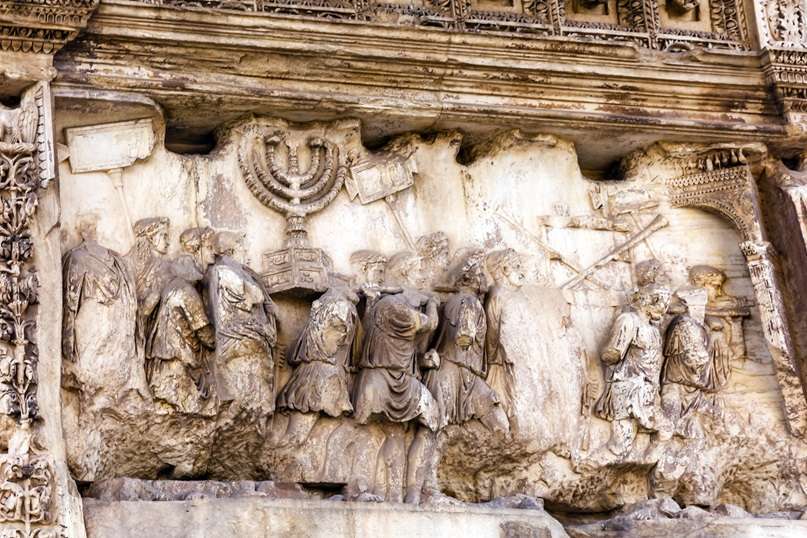
August, 70 AD. The Jewish temple (see Temple Mount), the center of ancient Judaism, is destroyed by the Romans. The cult objects are brought to Rome in a triumphal procession. The Jews are forbidden by law to approach Jerusalem. They are expelled from their homeland. Two thousand years of foreign rule, two thousand years of exile, persecution, pogroms follow – but also two thousand years of hope against all odds.
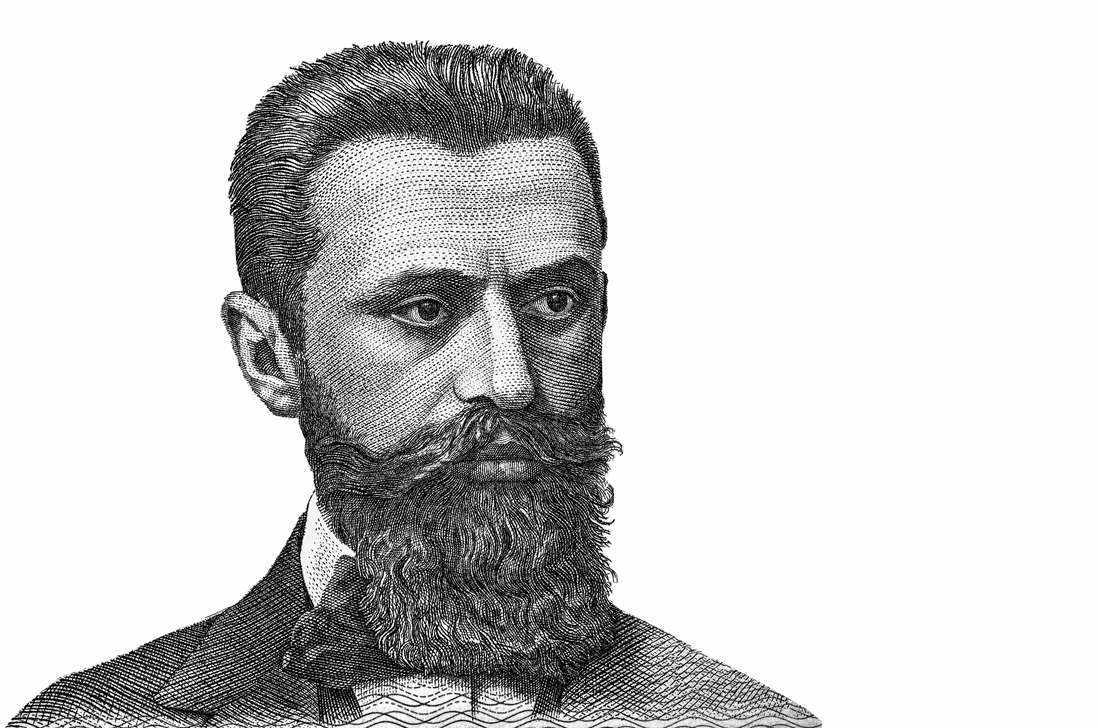
In 1897, in the face of ever-increasing hatred of Jews worldwide, one man dared to give this hope and dream a framework. Theodor Herzl, a Jewish journalist, founded the “Zionist World Organization” in Basel. The goal: Jewish settlement in the – then Ottoman – province of Palestine and the creation of a state of their own.
At the time, Herzl wrote in his diary: “I founded the Jewish state in Basel. If I said that out loud today, I would be met with universal laughter. Perhaps in five years, at any rate in fifty, everyone will realize it.”
He was proven right!
Return to Zion
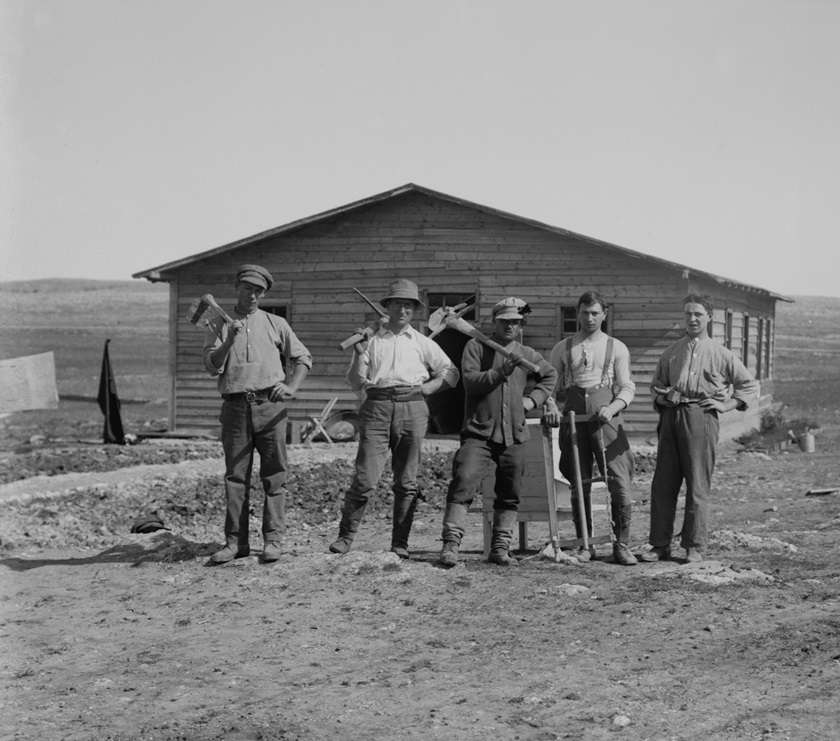
The seed of this idea begins to germinate. In the following years (1882 – 1927), several waves of immigration “Aliyot” to Israel follow. Most of the immigrants at this time come from Eastern Europe, fleeing the pogroms in the Tsarist Empire and Poland.
The Zionists receive support for their dream from Great Britain. In 1917, when the troops of the Empire conquered the territory of Palestine, the British Foreign Secretary, Lord Balfour, promised the Jews “assistance in the establishment of a national home for the Jewish people” in what was then Palestine. The so-called “Balfour Declaration” was included in the Allied peace treaty with Turkey in 1920 and in the League of Nations mandate for Palestine in 1922.
After the war, France and Great Britain divide the territory between them. The British are the new masters of Palestine. They allocate 78% of the territory to Arabs. The Emirate of Transjordan is created. Jews are only allowed to settle west of the Jordan River.
Nevertheless, Jewish immigration increases. The settlers work in agricultural and artisanal communities. They buy uncultivated land from the Arabs, for which they pay high prices, and farm the barren, neglected terrain. Swamps are drained, hills are forested, fields are planted and irrigated.
The British Peel Commission, which was later to assess the situation between Jews and Arabs, states: “most of the land on which orange groves now stand, consisted of sand dunes, marshland or uncultivated soil at the time of the land purchase“[v].
The Holocaust
When Hitler comes to power in Germany in 1933, many Jews flee. In the years that follow, neighboring countries are also occupied by the Nazis. The situation worsens. By 1939, only 250,000 immigrants from all over Europe manage to escape to Palestine.
One reason is, that since 1922, there have been repeated and increased Arab attacks on Jewish settlements. As a result, the British begin to restrict immigration and thus renege on their promise – less than five years after they gave it. Sixty-seven Jewish civilians are murdered in a massacre in Hebron. The surviving Jews are forced to leave the city. In 1936, the situation escalates completely. The largest Arab uprising against Jews and the British to date, claims around 3,000 lives on both sides. After that, only a maximum of 20,000 Jews are allowed to enter the country each year.
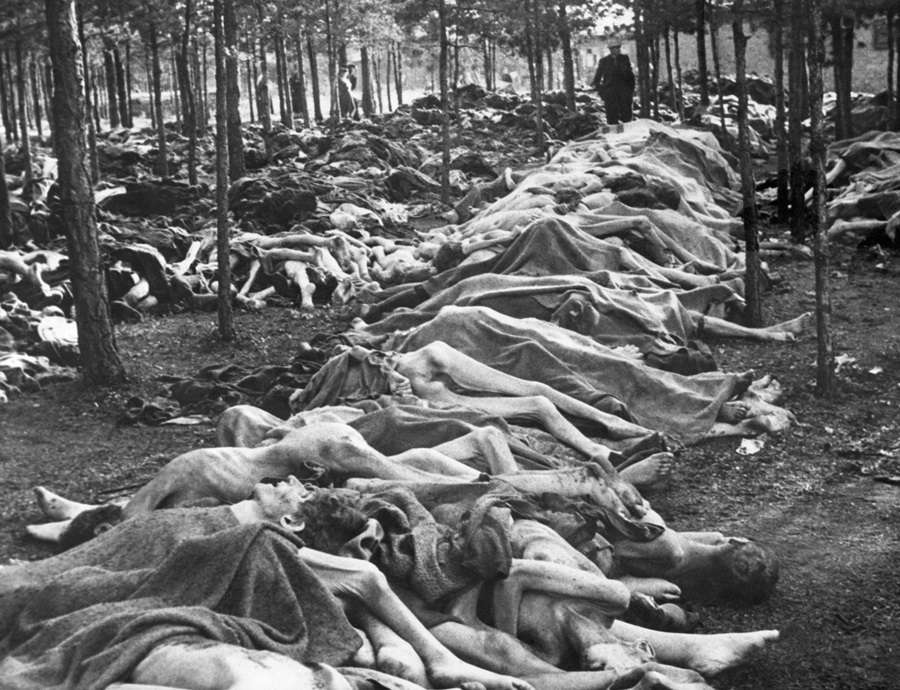
Persecuted by the Nazis on the one hand, unwanted and shut out from the world on the other, only a few Jews are able to escape the Holocaust. Between 1939 and 1945, six million were exterminated (see Yad Vashem and article The Second Chance).
Forbidden place of refuge

Even after the Holocaust, survivors have to realize that they are unwanted in most countries. Many of them hope to find a new home and a fresh start in Palestine. But the British do not relax their entry regulations.
On the contrary: they board the approaching ships (see book Exodus), intern arrivals in camps in Palestine (such as in Atlit), later also in Cyprus and bring some of the Jews back to Europe, even to Germany. The British treatment of the Holocaust survivors causes worldwide outrage and the problem of Jewish “displaced persons” becomes a topic of international politics.
The Partition Plan
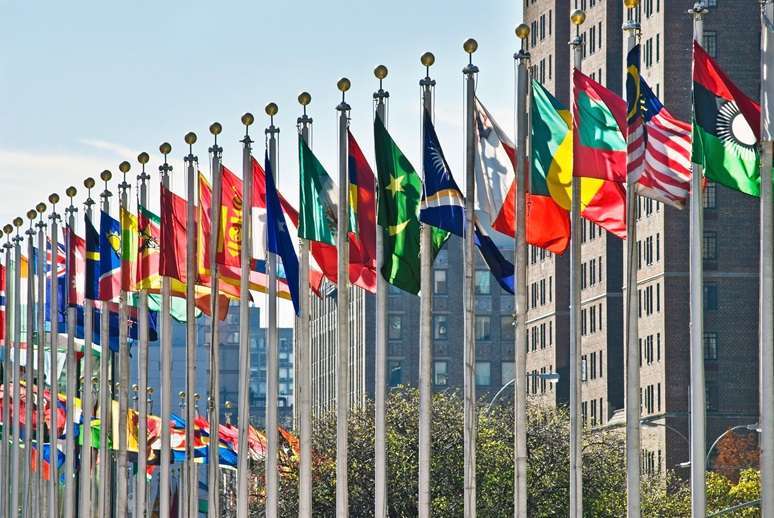
From April 1947, the UN addresses the question of how to proceed with the British Mandate of Palestine. A commission recommends dividing the territory into a Jewish and an Arab state. This proposal is adopted on November 29, 1947 with 33 votes in favor.
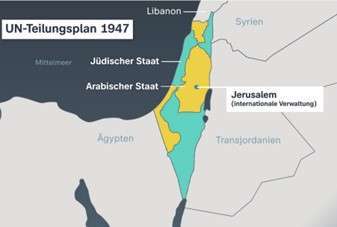
The proposed plan entails a number of hardships for Israel:
- Israel receives only 11% of the original Mandate territory. 78% is occupied by the Arab state of Jordan, a further 11% is to belong to the new, second Arab state.
- Of this, 2/3 is Negev desert, unusable for settlement and agriculture at the time.
- The Jewish area is divided into three parts and only connected by corridors.
- 40% of the population in the designated area are Muslims (in comparison, no Jews are designated in the Arab areas).
- Jerusalem – the Jews’ dream destination is to be placed under international supervision.
Nevertheless, the Jews recognize their historic opportunity and celebrate the decision.
The Arabs, however, vehemently reject the plan – to this day. The Arab League calls for joint military action against the future Israeli state.
A tough decision

The Western powers distance themselves from Israel.
Following the UN resolution, Great Britain declares that it will not provide troops to protect the partition, supplies weapons to Transjordan and Egypt, concludes a mutual assistance pact with Iraq and deploys its military units to the Arab part of Palestine.
The USA warns of a second Holocaust and at the same time declares, that it will not provide any aid to Israel. On the eve of independence, George Marshall, the US Secretary of State, sends Ben Gurion an ultimatum and demands a postponement of the proclamation of independence. Together with the Minister of Defense, he also imposes a military embargo on Israel.
The generals of the Israeli underground organizations Hagenah and Palmach (see Palmach Museum) are also against Ben Gurion’s plan to declare a state. All the fighters together number only a few thousand. They have almost no equipment and only half of them possess weapons. On the eve of independence, Israel faces five professional armies while they, themselves, are poorly equipped, disorganized, without tanks, without aircraft and without battle plans. How are the Jews supposed to defend themselves?
Alone, threatened and isolated from the international community, with Arab armies on every border, the question is: now – or perhaps never.
The rebirth of Israel
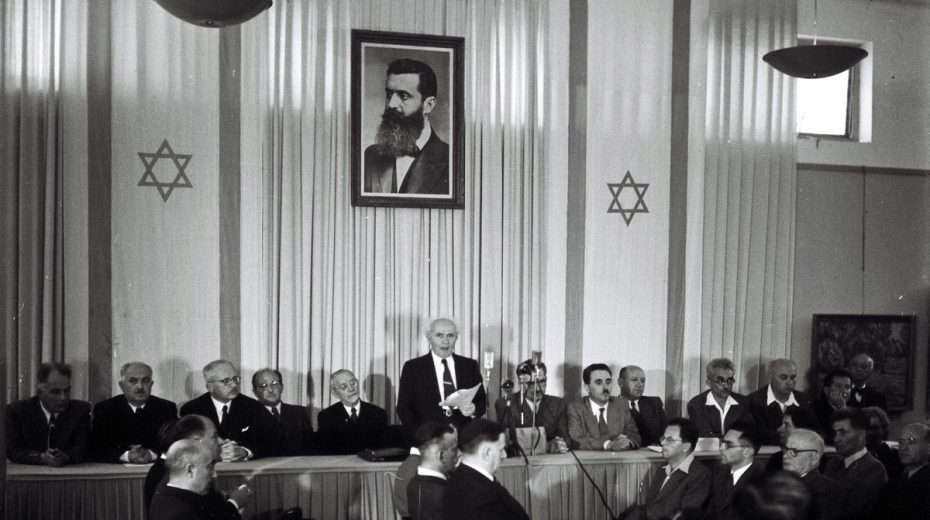
But hope prevails. David Ben Gurion overcomes the incredible pressure and proclaims the founding of an independent Jewish state on May 14, 1948, the day the British Mandate ended (see Independence Hall). Cheers erupt on the streets of Tel Aviv. The 2000-year-old goal of hope has been achieved. It is the day that changes history in the Middle East.
“We hereby proclaim, by virtue of our natural and historic right and on the basis of the decision of the General Assembly of the United Nations, the establishment of the State of Israel. It will be based on freedom, justice and peace in the spirit of the visions of the prophets of Israel.
Our call goes out to the Jewish people in all countries of the Diaspora to help us in the field of immigration and construction and to stand with us in the pursuit of the fulfillment of the dream of Israel’s redemption.
In the midst of murderous attacks to which we have been subjected for months, we appeal to the Arabs living in Israel to preserve peace and to participate in the building of the state on the basis of full civil equality and representation in all provisional and permanent bodies of the state.
We offer the hand of peace and good neighborliness to all our neighboring states and their peoples and call for cooperation and mutual assistance”.
(Excerpt from Ben Gurion’s legendary speech)
The battle for survival
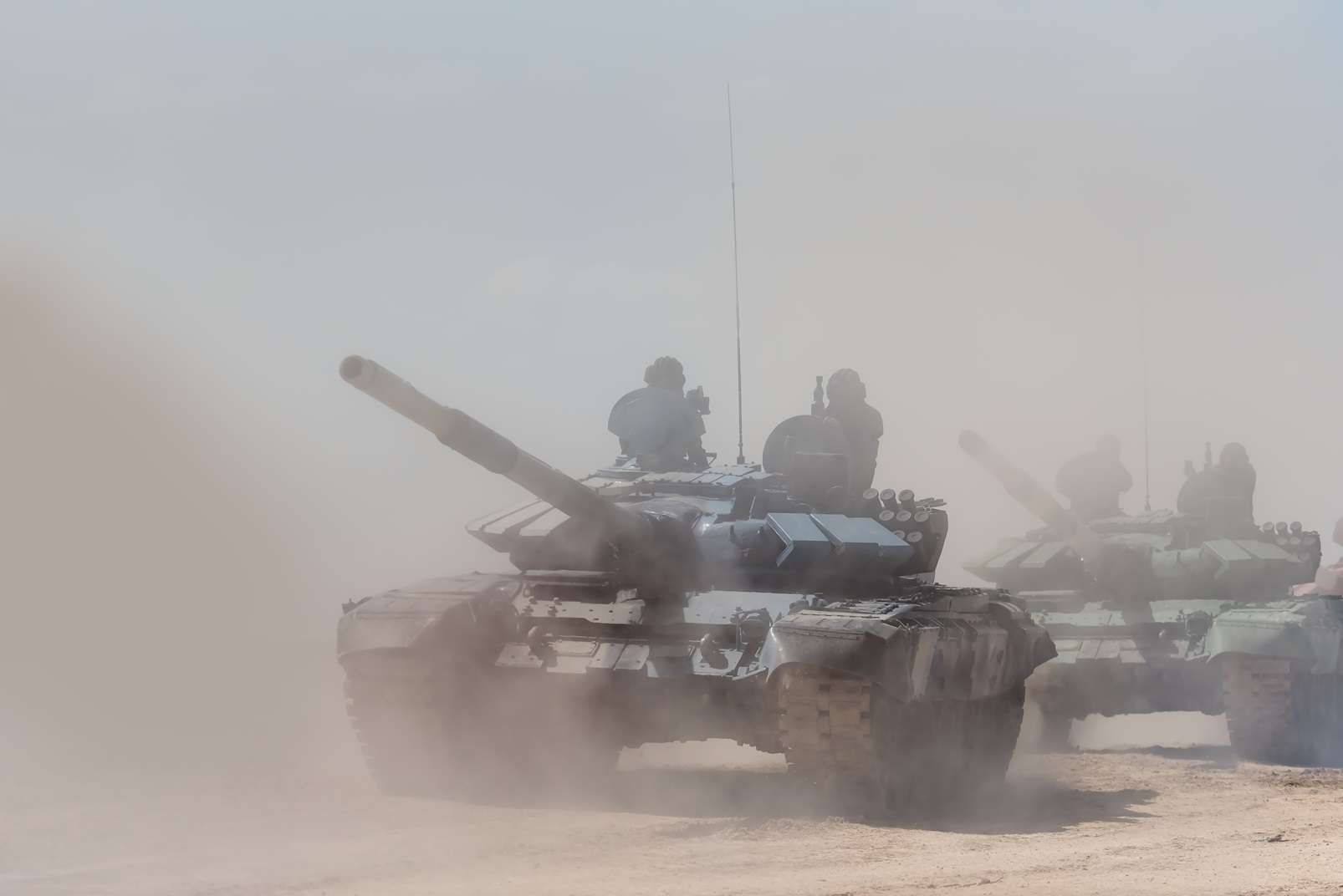
Shortly after midnight on May 15, regular army units of the Arab alliance, formed by Egypt, Syria, Lebanon, Jordan and Iraq enter the former British Mandate territory from all sides and attack Israel. Their aim is to eliminate the emerging Jewish state.
At this time, 650,000 Jews are living in Israel and 160 million Arabs in the surrounding countries. While the Arab armed forces have tanks, artillery, armored personnel carriers, airplanes and warships, Israel’s soldiers are only equipped with rifles, machine guns and grenade launchers, as they previously had neither a state nor a regular army. There are also communication difficulties because they do not speak a common language. In human terms, it is a hopeless situation.
But against all expectations, against all odds, Israel manages to hold its ground. The fighters’ motivation is unparalleled (see movie: Cast a Giant Shadow). They know that the alternative to victory is ultimate annihilation.
But the price is high: Israel loses one percent of its entire population in this war. Six thousand soldiers are killed. Around 2000 of them are Holocaust survivors who had come to Israel with a hope after the hell of the concentration camps – only to die here. Jerusalem falls and is taken by the Jordanians; the Jewish quarter is looted and demolished (see Hurva Synagogue). The same happens in Hebron, Gush Etzion and other places. The Jews living there are expelled. During the fighting, many of the laboriously built settlements, factories, infrastructure and cultivated fields are also destroyed.
Nevertheless, by July 1949, Israel succeeds in concluding ceasefire agreements with its Arab opponents. The agreed ceasefire lines increase Israel’s territory by a third compared to the original UN partition plan.
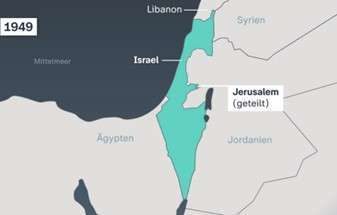
However, of the territory designated by the UN for the new Palestinian-Arab state, Jordan conquers and annexes the West Bank and the Old City of Jerusalem, while Egypt occupies the Gaza Strip. The option of an independent Palestinian state is therefore no longer available.
The Palestinian “Nakba”
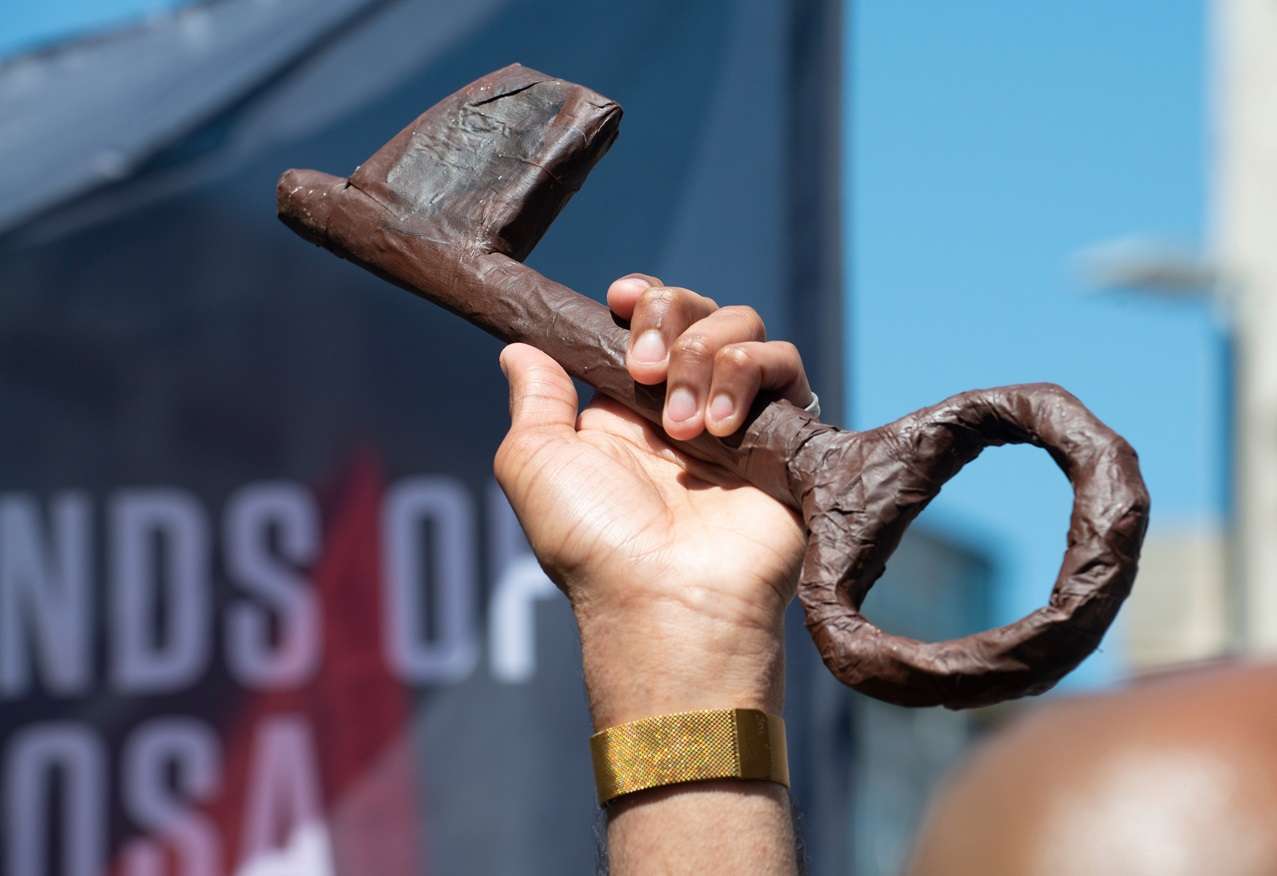
Thus, the Arab’s refusal, to accept the partition plan, ultimately causes them the most damage. Fifteen thousand Arabs are dying in this war and many are losing their homes. They remember these events as the “Nakba” (Arabic for catastrophe).
In fact, around 30,000 wealthy Palestinians leave the country even before the war begins, triggering an imitation effect. Many flee to avoid being caught between the front lines. Some are expelled, but many are influenced by Arab fear propaganda and obey the calls of Arab leaders to escape in the belief, that they will soon return. Some leave, because they do not want to live among equal “infidels”.
After the war, all neighboring Arab states, with the exception of Jordan, prevent the integration of the Palestinians. In contrast, the Israeli state accepts the Arabs remaining in Israel as citizens with equal legal and political rights.
Of the 600,000-700,000 Palestinian refugees 75 years ago, only a few tens of thousands are still alive today. But strangely enough, all the children and grandchildren of those actually affected also “inherit” refugee status. This is unique in world history and means that the number of these “refugees” continues to grow steadily. There are now well over 5 million people …
If the Arabs had accepted the UN partition plan in 1947, there would be an independent Arab-Palestinian state today and no refugees.
The Jewish Nakba
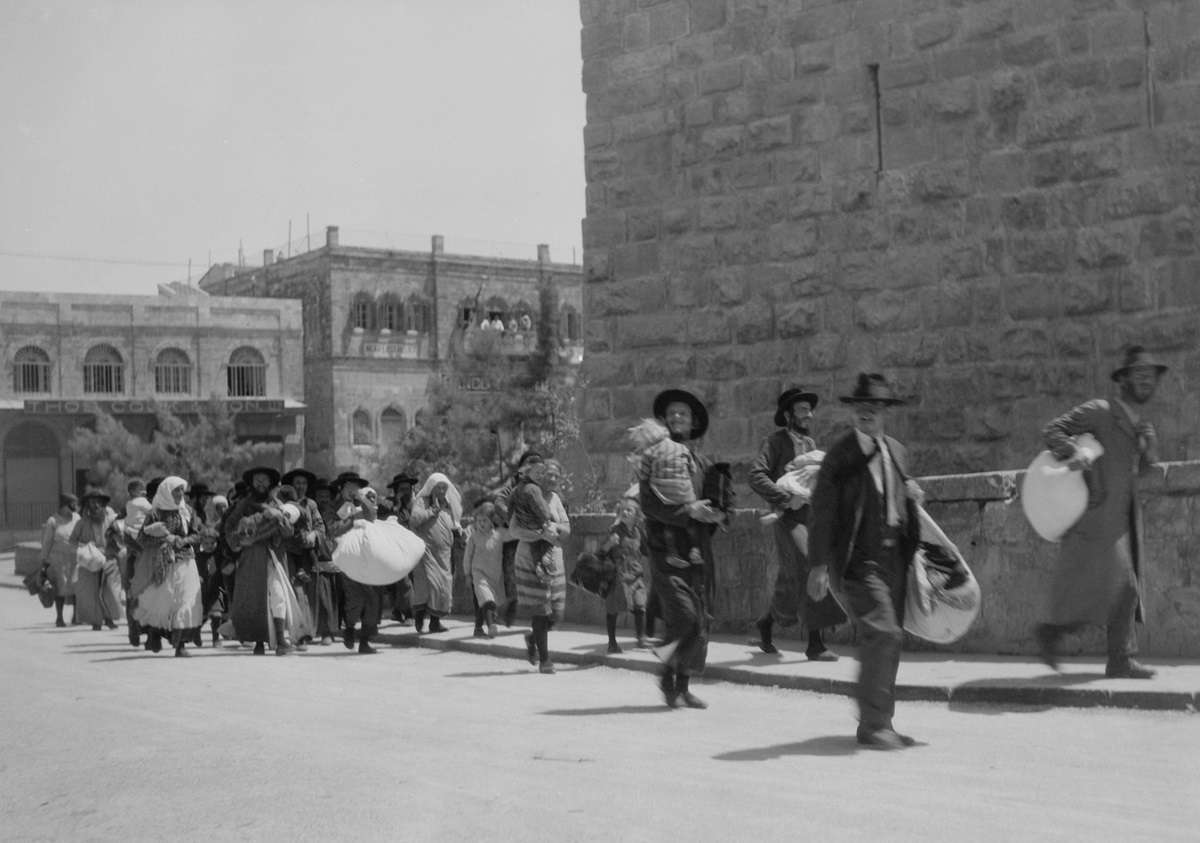
After the Israeli-Palestinian war, the expulsion of Jews from the Arab countries takes place with little attention from the world public. There are pogroms, shootings, expropriations and abuse. In the end, around 850,000 Jews are forced to leave their countries of origin. In addition, there are also around 70,000 Jews from the West Bank and Jerusalem. Most of them arrive in the young Israeli state completely destitute, as their property has been confiscated. In some cases, Israel sets up spectacular airlifts: for example, tens of thousands of Jews are flown out of Yemen during the operation “Flying Carpet” in 1949.
The original 650,000 Jews in Palestine take in 700,000 more within a very short space of time, some of whom were traumatized by the Shoah and, in the case of the Mizrahim (Jews from the Arab world), many of whom come from comparatively poorly educated, impoverished sections of the population. A unique integration achievement!
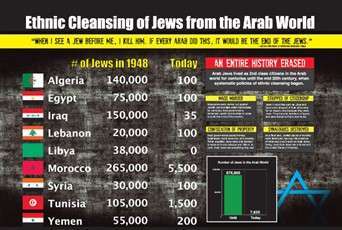
This is how Israel’s hope became reality. Around a year after the proclamation of the state, Israel proved its ability to survive to an astonished world. A miracle and a fulfilled promise from the Bible: “The Lord has scattered his people to the winds. But now he is gathering them again.” (Jeremiah 31:10). But what happens next? Is Israel’s peace now assured? Will the world give this people, of whom only a few have survived, the chance to develop? How does Israel make use of this opportunity? Follow the fascinating story of Israel’s survival in the second part of the article:
Israel – Joy of Life in the Shadows of War
More articles from B. B. Nussbächer under: www.arc-to-israel.org/en/artikel-article


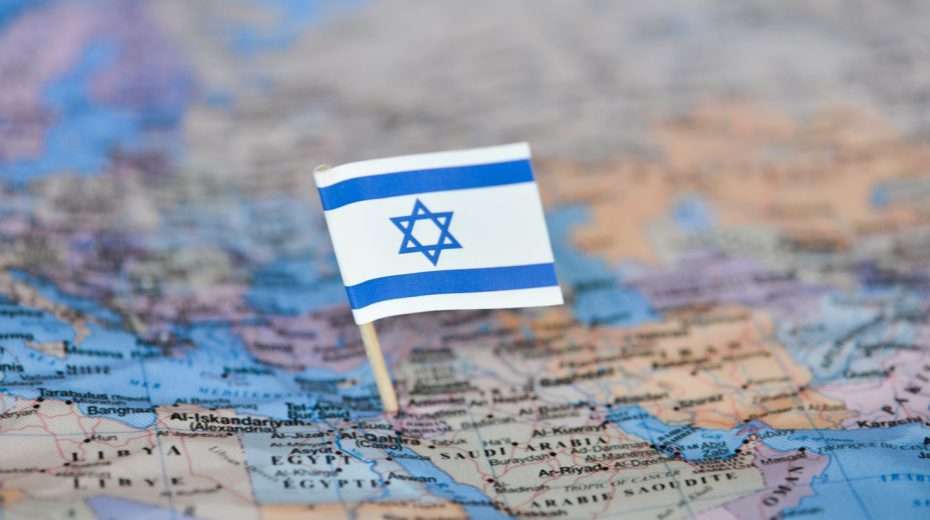

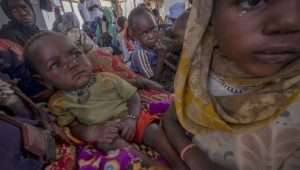
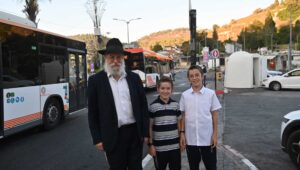
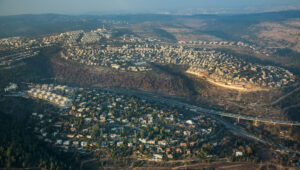

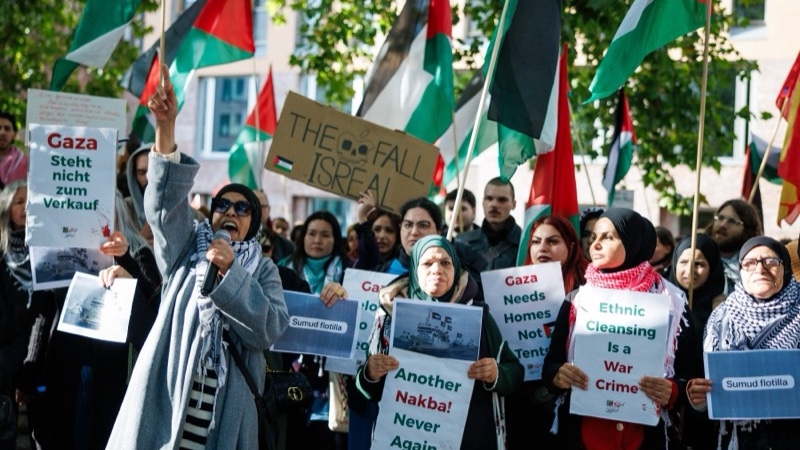

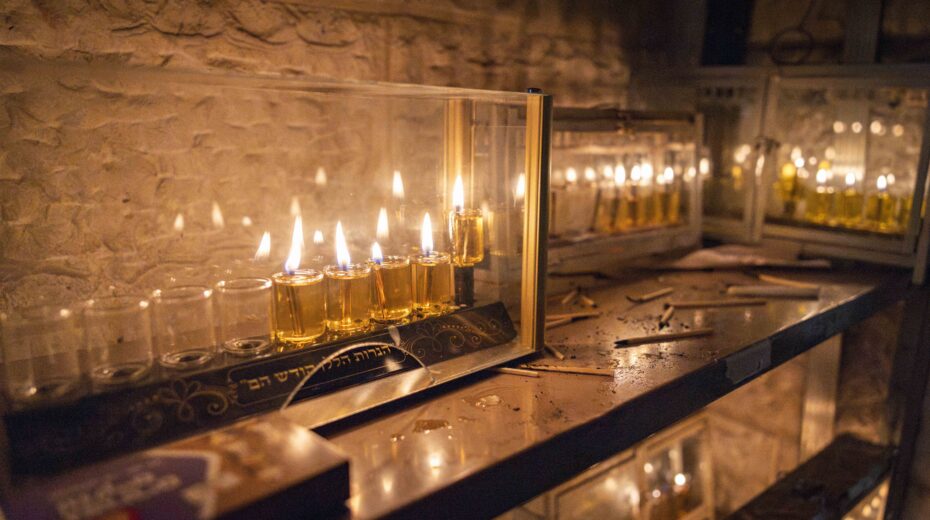

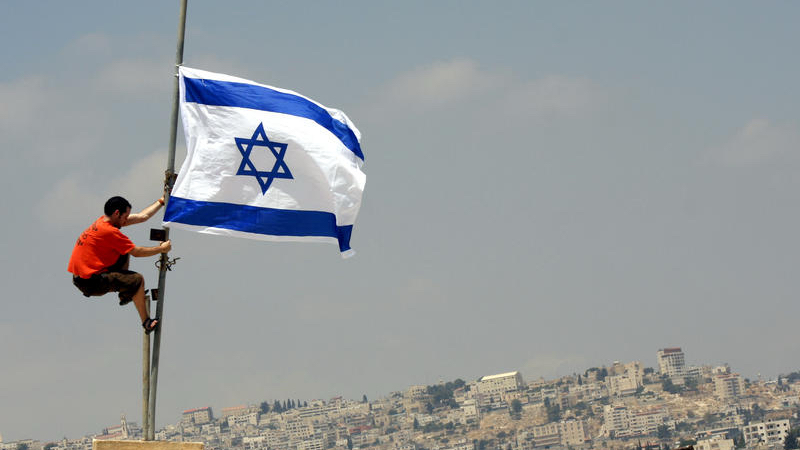


Israel was established as the promised child in in 2000bc. (Gen 32:28) When Israel’s offspring accepted covenant with God they became Israel too. (Ex 24:3) The constant is that God is manifest through man’s history and those who enter covenant with him become Israel, both Jews and Gentiles.
The Lord is manifest in many ways that are relevant to Israel and the world’s history. World history is shaped by God’s relationship to it. Joseph and David are types of Christ that are fulfilled by Christ’s first coming as Saviour and Second Coming as King. Israel’s brush with Assyria foretells their experience with Antichrist. The raising of Cyrus foretells Christ’s return.
The church carried this torch for 2000 years but national Israel is again required today to make the world aware that they can become Israel or perish.